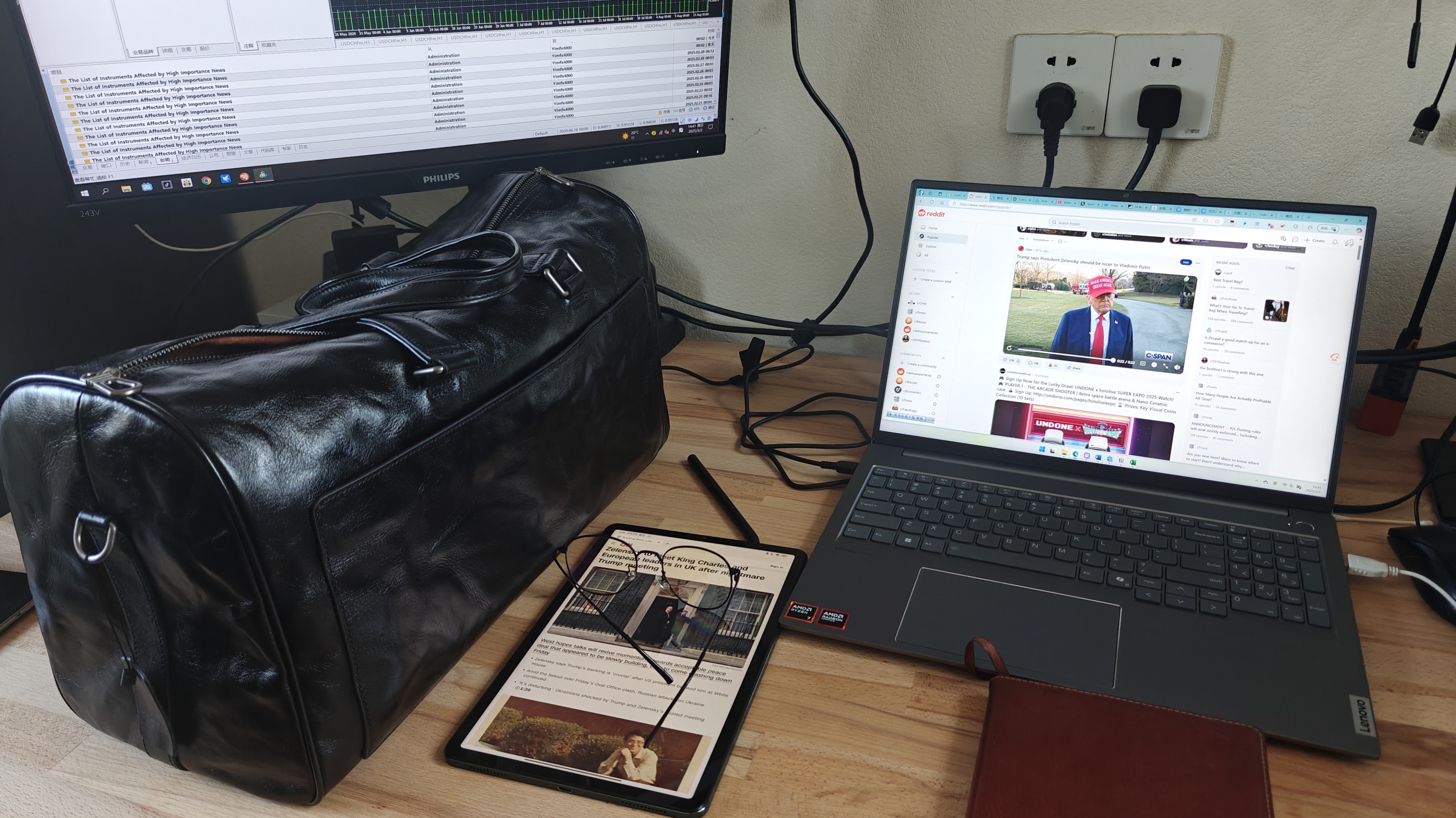Since January, I’ve been planning a cross-border e-commerce project focused on large-capacity full-leather commuter bags, targeting the U.S. and Canadian markets. I built the website using Shopify and also quickly set up another one with Drupal’s Centarro Kickstart Commerce. Shopify offers a seamless experience—easy to use, feature-rich, and ready for product uploads. It also supports third-party app integrations for added flexibility. On the other hand, Centarro’s Commerce demo lets you build a functionally complete site fast, with pre-configured products, variants, payment methods, shipping options, and a global ZIP code database. Its default theme is clean and straightforward.

As a beginner, I lean toward Centarro for its simplicity. However, its main drawback is the limited template options. Customizing or creating templates is like climbing a mountain—it demands significant time and effort due to Drupal’s underlying system. That said, if you’re curious and have time, Drupal’s powerful customization allows you to create a truly unique site. But for sales-driven goals, Shopify is the smarter choice to focus energy on driving traffic.
Speaking of traffic, this is my biggest headache now. My website, LEATHER COMMUTE, is ready. I’ve run Google Ads with a $20 test budget, getting 380 impressions and 17 clicks in one day—a 4.5% click-through rate. Is this rate decent? The backend data shows visitors only reached the product catalog but didn’t proceed to product pages or convert. Is this due to product selection, pricing, or insufficient ad spend?
Next, I’ll allocate a $100 budget to test further. Before topping up, I’ll focus on optimizing a flagship product—the full-leather travel bag I personally use—by refining product images, enhancing descriptions, adding video demos, and incorporating user reviews.
Wish me luck!


Comments